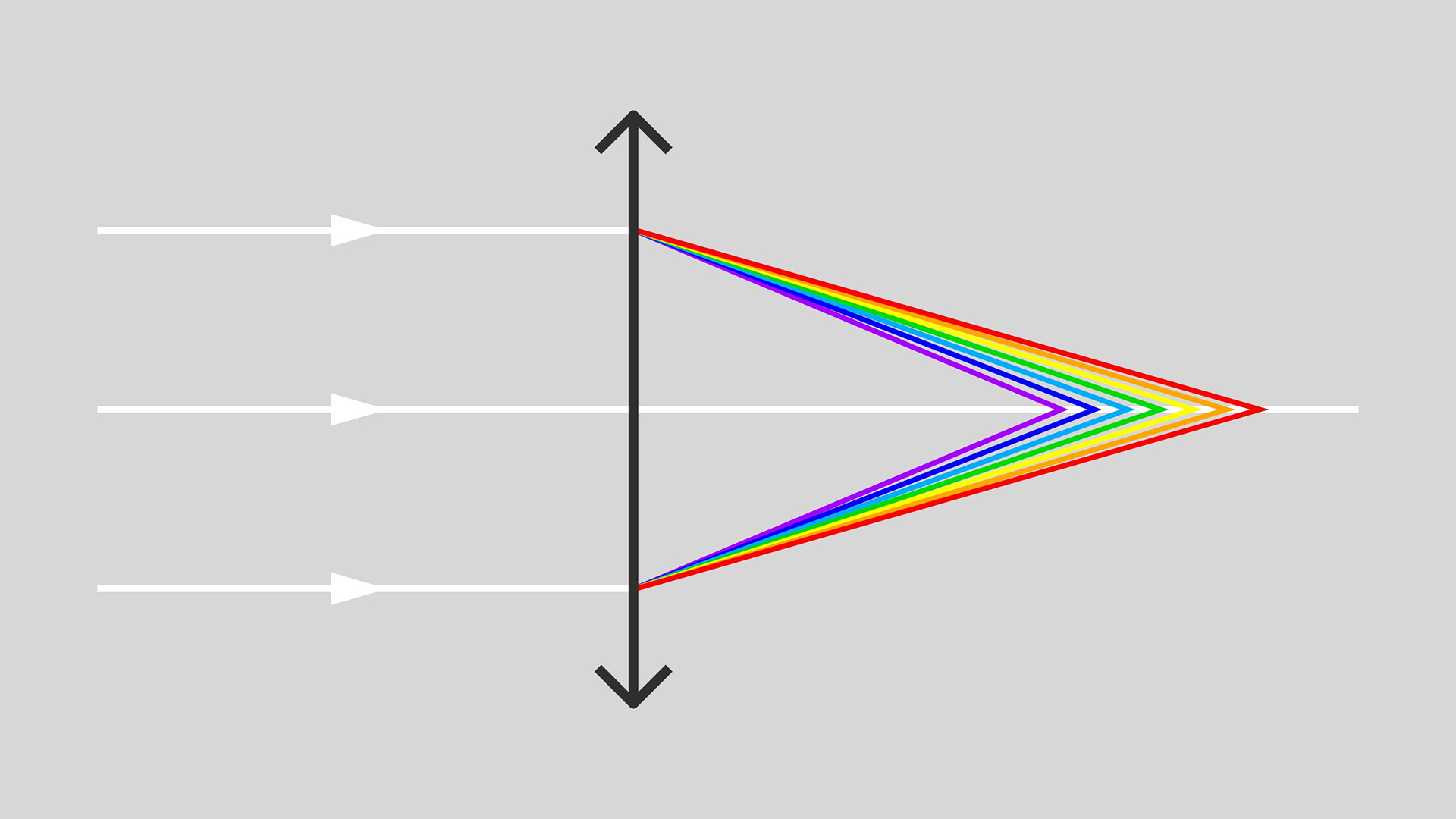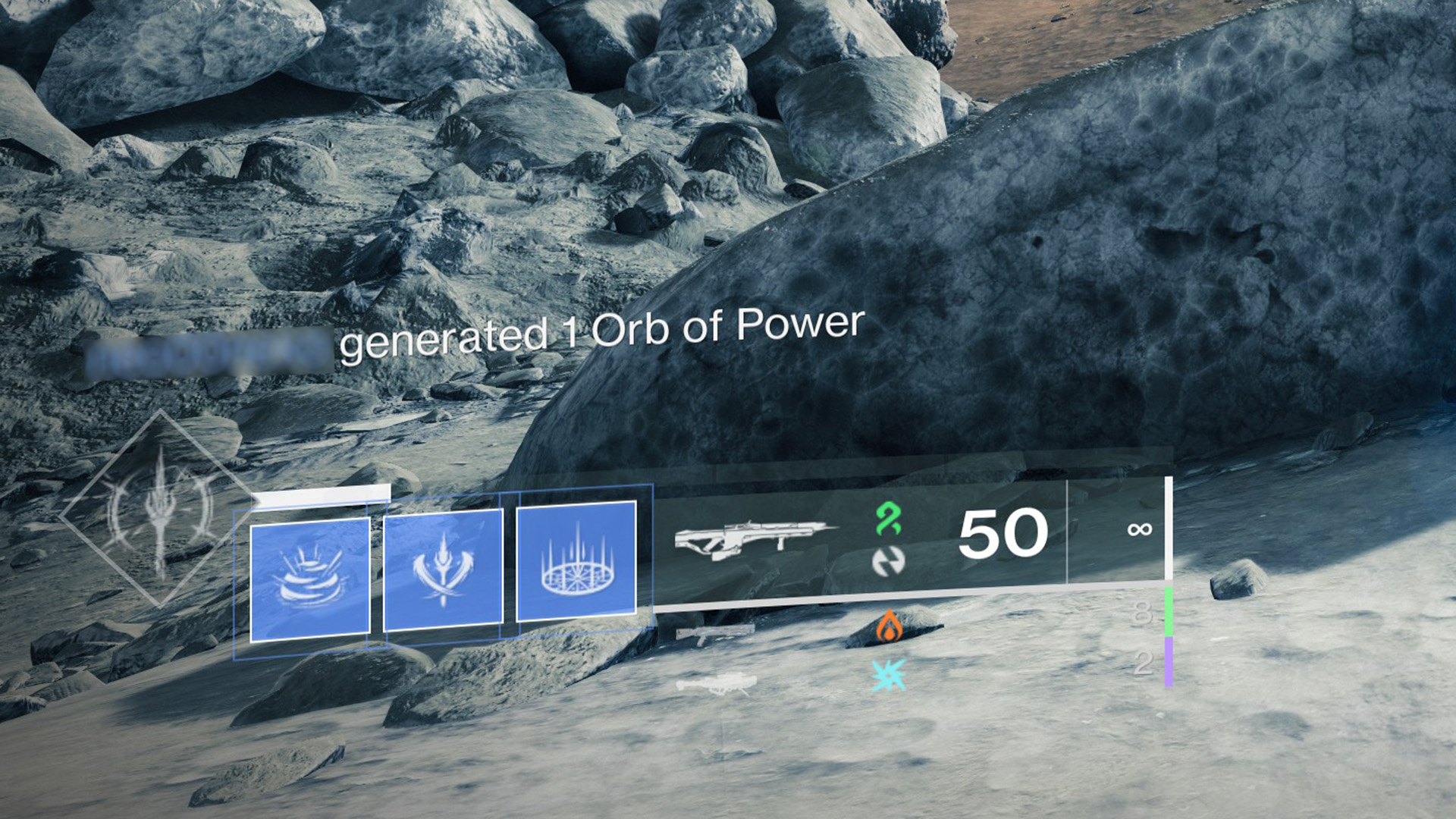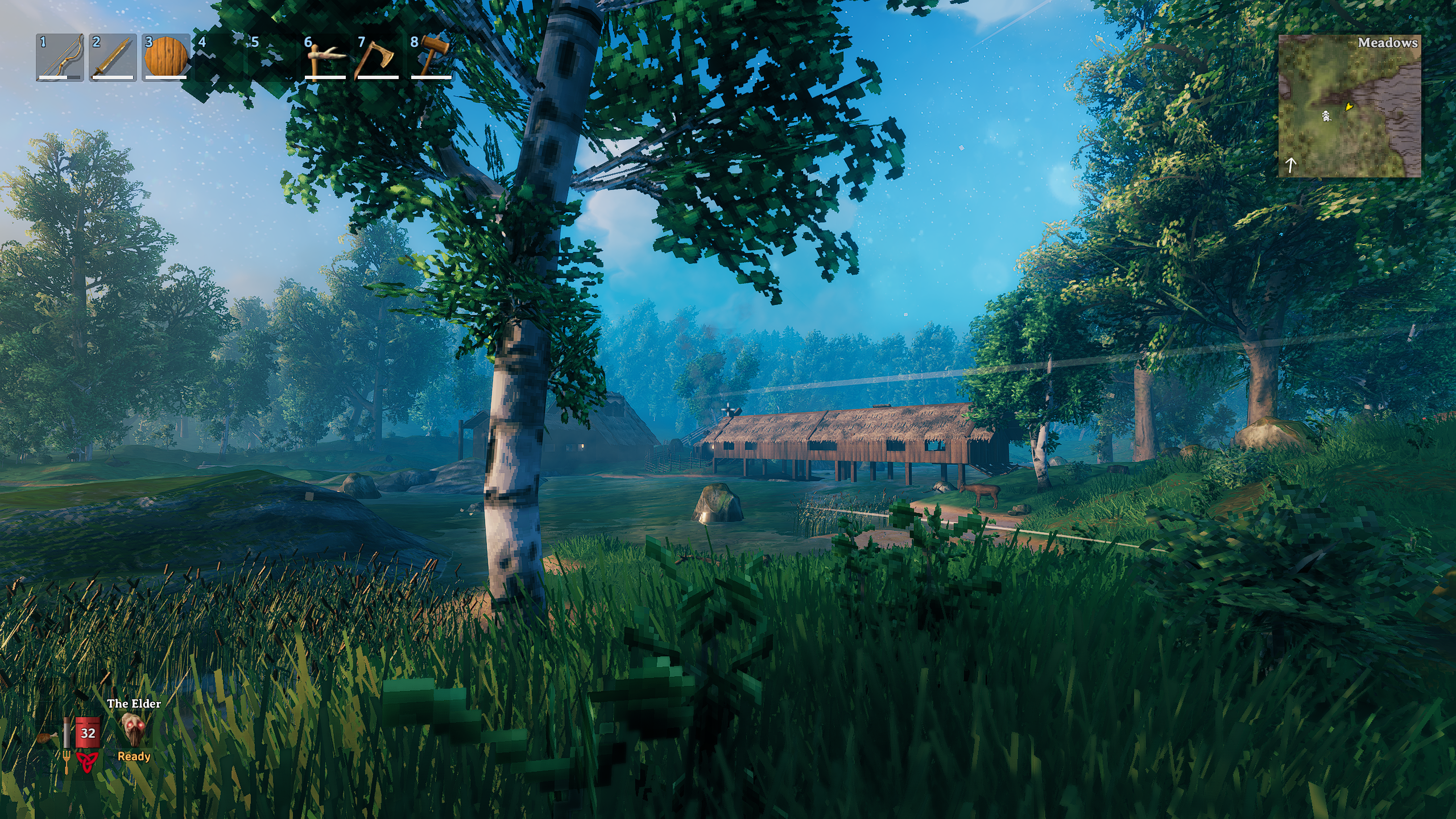I was going to rant about film grain in games but then I remembered chromatic aberration exists
Why make something look so bad on purpose?

Raise your hand if you've ever looked at a game and thought to yourself, 'This could do with some chromatic aberration'. Anyone with their hand up: put your hand down, further, down to the off switch on your PC, press it, walk away. Your time is up.
I'm not a massive fan of any post-processing effect in games—motion blur is my nemesis, and it's my belief that vignettes are best left to Instagram accounts from 2010—but lately I've been wondering what's actually up with some of these post-processing effects? Why is it that we can add an old-timey film grain to a game when not even films look like that most of the time? Or why is chromatic aberration a thing despite it looking like absolute trash?
Now the argument for film grain is that it can, in some cases when it's implemented well, cover up some of a game's imperfections. I get it, if you smear a cake in mud you can no longer see how you misspelt 'Happy Birfday'. I guess that checks out. No, seriously, it's intended to cover up colour banding and such, which has been a somewhat useful tool, but less so as we shift to more impressive gaming monitors and more colour depth is programmed into games.
And I've realised I don't really have such a massive problem with film grain only because it's hardly noticeable in most games. It's not my choice, but you do you.
Now chromatic aberration, I couldn't tell you why that one exists. Maybe because it can?
Chromatic aberration is the name of the visual effect that happens when light hitting a lens refracts differently depending on its wavelength. Its wavelength determines the colour as seen by us, and a lens unable to accurately refract light into a single point ends up with an effect where especially blues and red edges appear minutely off where they should be. Sometimes both these combine to make a slightly purple edge. What you end up with is an image that at the extremes often looks like old-school stereoscopic images.

It's basically a bad thing to have, as a perfect lens would focus all wavelengths at the exact same point. But lenses aren't perfect, and chromatic aberration was pretty prevalent for a while. If you look at any home video of me as a toddler you'll find plenty of examples, but that's because old video cameras had terrible lenses in them. You'd have to go out of your way to force chromatic aberration these days, lenses are just that much better, even those tiny ones in your phone.
The biggest gaming news, reviews and hardware deals
Keep up to date with the most important stories and the best deals, as picked by the PC Gamer team.
So why we feel the need to mimic a bad lens in videogames is beyond me, but huge swathes of modern games include the option for it. And it's even often switched on by default.
It's up there with the post-processing effects I would group together as 'faux lens effects', in that they attempt to make it appear as though the player is viewing the game via a lens, rather than human eyes. Other effects in this group include lens flare, lens distortion, and vignettes. A group also known as 'Oops, all bad'.
Take Destiny 2, for example. I was just testing the game to see how it looked with film grain on and off. The answer is that both are almost indistinguishable at 4K, but if you zoom right the way in you do get that grain coming through on textures. And, I find it makes the textures look lower-res than they actually are. When it comes to film grain, maybe I'm a little more inclined to say each to their own.


But while I was there, I thought I'd also re-enable chromatic aberration to see how noticeable that particular setting is, and I was suddenly reminded how god-awful chromatic aberration is in every regard. It has no redeeming qualities.
I love Destiny 2 but that game uses chromatic aberration a whole lot. It's aggressively aberrated, and besides inspiring vibes of an '80s sci-fi movie, there's nothing this effect adds to the overall picture. But contextually this is far from the worst offender.


The worst offender in my recent memory is Valheim, another one of my favourites. I've spoken about this before on PC Gamer but chromatic aberration in Valheim is particularly noticeable. It makes little to no sense in the context of the game, and it's jarring to have a smudgy blue and red mess all around your periphery.
With not a single example of 'good' chromatic aberration springing to mind, it's no wonder that Tom Senior listed it as one of 'six terrible graphical effects that need to stop' back in 2015. Truer words have never been spoken.

Jacob earned his first byline writing for his own tech blog. From there, he graduated to professionally breaking things as hardware writer at PCGamesN, and would go on to run the team as hardware editor. He joined PC Gamer's top staff as senior hardware editor before becoming managing editor of the hardware team, and you'll now find him reporting on the latest developments in the technology and gaming industries and testing the newest PC components.

